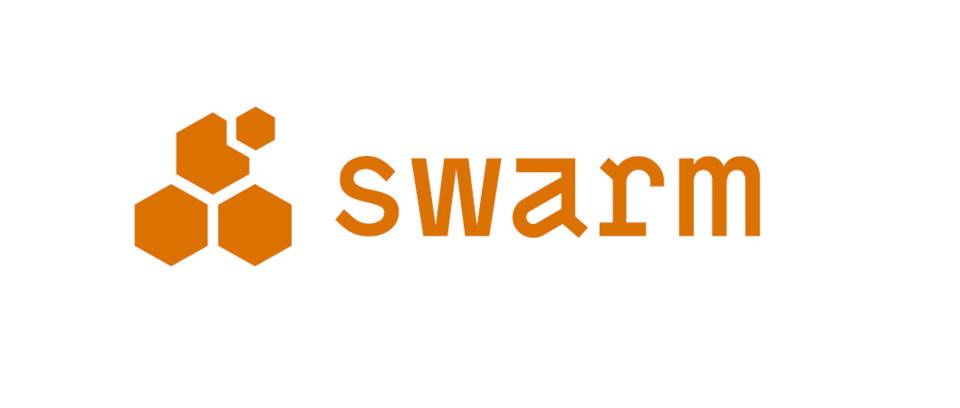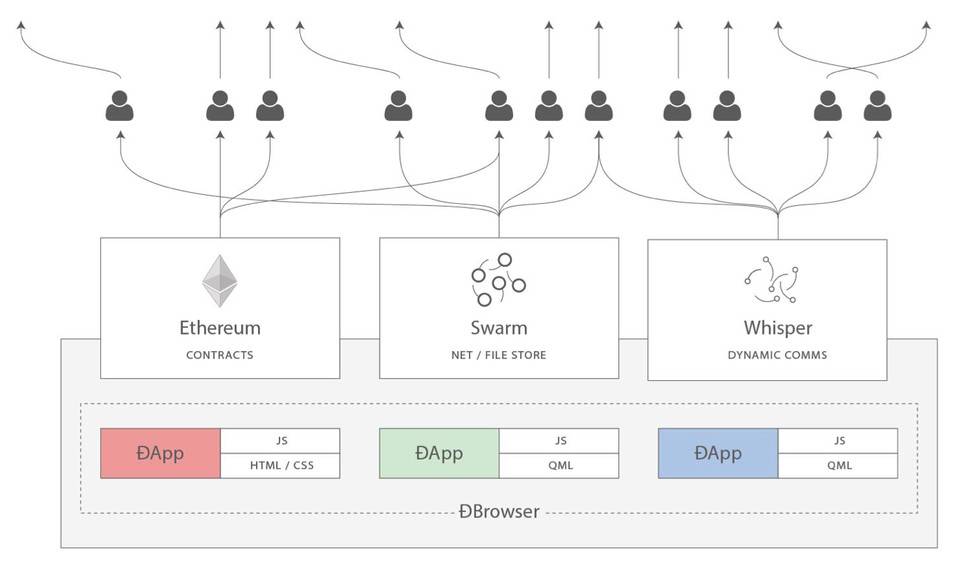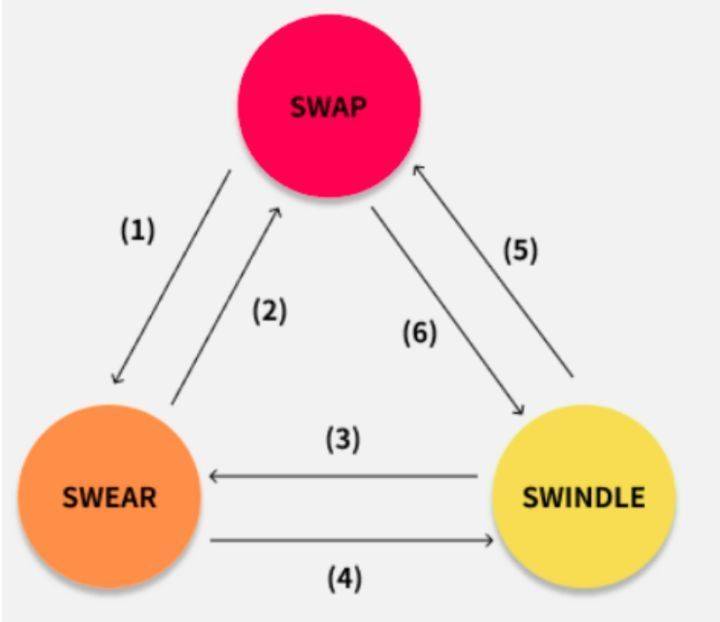If you ask, what is the deepest feeling for outsiders who have never participated in the mighty encryption market? The answer may be that graphics cards, hard drives, and even high-end gaming laptops are expensive. These computer hardware, which is necessary for ordinary people in the Internet age, have experienced skyrocketing prices in the past year, and even doubled in price at the highest point.
A large number of graphics cards have been invested in Ethereum mining, which has also happened in previous years, but it is the first time that hard disk mining has become hot. No, after Filecoin and Chia, another distributed storage project, Swarm, is also coming online. The Swarm Foundation previously announced that it will soft-launch the Bee mainnet on June 13, and open the public offering of tokens on ColinList on June 15.
secondary title

official website
Swarm official websiteIt was introduced like this, "Swarm is a decentralized storage and communication system for a sovereign digital society".
Swarm is a system of peer-to-peer network nodes that create decentralized storage and communication services. The system is economically self-running due to a built-in incentive system executed through smart contracts on the Ethereum blockchain.
Put aside cumbersome definitions and take it literally. Swarm literally translates to "swarm of bees". Swarm has a soft spot for "bee colonies". Its latest client is named Bee, and the token symbol BZZ also simulates the sound of bees flying.
mentionedmentionedsecondary title
Well Born: Presented by Vitalik Buterin and Gavin Wood
authorauthorRecalling the prehistory of Ethereum, he mentioned:
image description

text
In its original conception, Ethereum was a trinity. The world computer consists of three parts: calculation, storage and communication. Ethereum assumes the role of computing, while Whisper and Swarm provide storage and communication functions respectively. In the latest introduction of Swarm, Swarm also includes storage and communication.
secondary title
text
The expensive computing resources on Ethereum are destined to be unable to store data on a large scale, but storage is an indispensable element for decentralized applications to reach the public. As one of the original members of the Ethereum ecosystem, Swarm's main purpose is to provide decentralized storage services for DApp codes, user data, and on-chain data within the ecosystem.
In the early days when Swarm was proposed, IPFS had not yet come out, and Bittorrent was the most popular distributed file storage protocol on the Internet at that time. However, the obvious problem with Bittorrent is the lack of an incentive mechanism, and users have insufficient motivation to share files for free. How to design a system to achieve stable and durable decentralized data storage and exchange? The blockchain just provides an incentive idea, and Swarm chooses to implement the incentive mechanism through smart contracts.
secondary title

token economy
Swarm's native token symbol is BZZ, which is a utility token that is also used for bandwidth and storage rewards. The initial circulation of BZZ is 62.5 million (note: not necessarily the final total amount of tokens).

The initial token distribution plan is as follows:
Early Token Sale and Public Sale: 50%
Team: 20%
Foundation: 7%
Ecological subsidy: 20%
Swarm has released little information about the economic model, and the specific application method of BZZ in the ecosystem, as well as the mining rules after the launch of the main network are still unclear.
Testnet Airdrop
Swarm said that before the end of the test, the network will determine 35 trusted nodes as "queen bee nodes" (qBZZ nodes), and nodes that have exchanged bandwidth with these 35 queen bee nodes will be eligible for air investment. The number of BZZ tokens sent by the airdrop is exactly 1 million, and the final distribution amount of a single node is determined according to the value of the node's qBZZ check.
CoinList Token Sale
After completing a round of private placement financing at the beginning of the year, Swarm soon launched a public sale of tokens. The Swarm public offering will be launched on CoinList at 1:00 on June 15th, Beijing time. The public offering will offer two ways, both priced at $1.92, and the tokens will be unlocked around August 2, 2021.
secondary title
Bright future, but glaring problems
As the "pro-son" of Ethereum, Swarm has not only won the support and brand effect of the star team, but more importantly, it has the unique advantage of integrating with the Ethereum ecosystem. Relying on the strong network effect of Ethereum, if Swarm successfully attracts DApps in the Ethereum ecosystem to use its decentralized storage service, its development prospect is not difficult to imagine.
At the same time, Swarm also attaches great importance to its ecological construction. In 2020, it launched an ecological project funding plan, and currently supports 26 projects.
However, Swarm also has some obvious problems. Including slow engineering progress and unclear economic models.
Swarm was launched in 2015, and it remained silent for the first few years. It was not until June last year that a series of actions were launched, the white paper "The Book of Swarm" was released and the network was launched. According to the project development route, Swarm has been in the research stage from 2015 to 2020, which inevitably makes people doubt the real qualifications and engineering advancement capabilities of the project. In contrast, Filecoin went online from 2017 to last year, and the engineering action was much faster, and from the perspective of mechanism design, Filecoin is more complex than Swarm.
The unclear economic model is also a problem that needs to be solved urgently. From the Swarm white paper and public information, no clear positioning of BZZ in the network has been found. How to capture the value of BZZ tokens? In addition, the mining mechanism has not yet been announced, and the token distribution plan does not include the mining part, which may mean that the network will motivate miners through additional issuance. The importance of the economic model to the project is self-evident, but Swarm has not released relevant specific information before it goes online.



